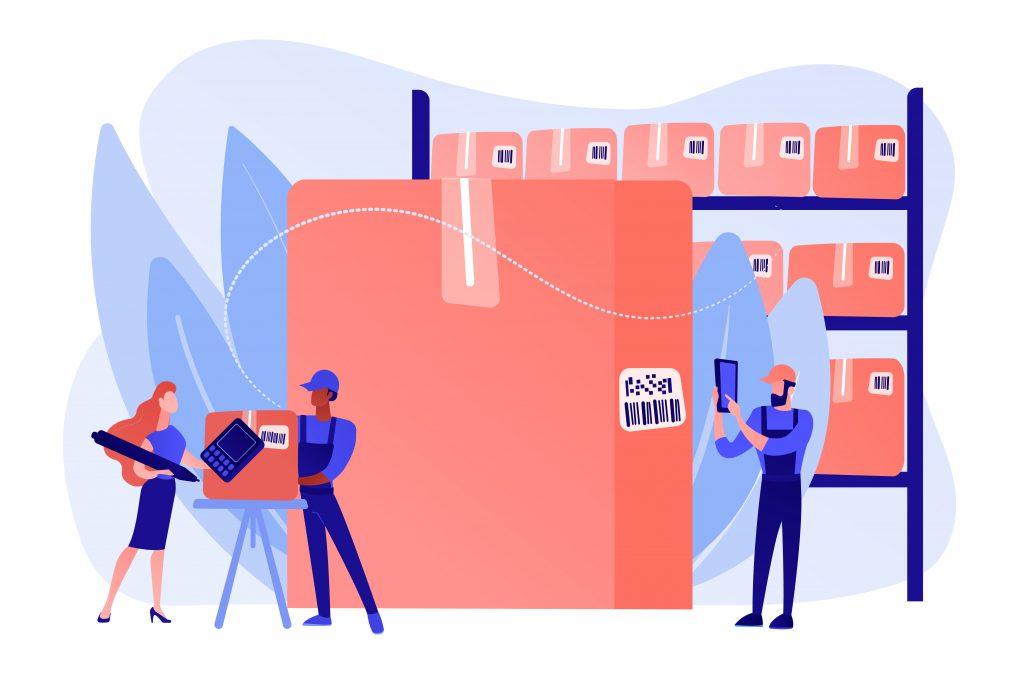“You do not rise to the level of your goals. You fall to the level of your systems.”
In this competitive mark, handling inventories and meeting customer expectations is an additional task that can cost the management to the limit.
There’s no arguing that inventory management is critical for any modern organisation. Without proper inventory management, your firm risks upsetting its consumers, losing important sales, or investing in products that will not sell. As you can expect, any of these scenarios will be counterproductive to your growth and can be highly damaging to your bottom line.
The more inventory a company has,
Less likely they will have,
“What they want”!
– Taiichi Ohno

Inventory management tactics are used by both large corporations and small enterprises to maintain their operations effective and profitable. In this blog post, we’ll discuss three key inventory management approaches, as well as how inventory management software can help you manage your inventory more effectively.
3 must-know inventory management strategies
The push technique, pull technique, and just-in-time approach are the three most common inventory management strategies. These methodologies provide firms with various options for addressing client demand.
Continue reading to find out more about these three inventory management strategies:
1. The Push Strategy for Inventory Management
The push strategy is a type of inventory control in which things are “pushed” down from the manufacturer to the store, warehouse, or business. A consumer or employee will then purchase or use the item from the inventory on hand.
In order to successfully use the push approach, a company must accurately estimate product demand. Understanding how much of a product is required and at what time of year is critical. Using inventory management software lets organizations evaluate how inventory has been used over time, providing crucial insights into how much inventory they may need to acquire during the calendar year.
For example, an electronic store may stock dozens and dozens of air conditioners and coolers in the spring and summer, but only a few in the winter. These retailers decide how many air conditioners and coolers to purchase based on how many they’ve sold previously and when. The push method is ideal for companies that can precisely estimate client demand.
Hint: Push Strategy works far better only and only if the prediction of requirement is better and more accurate based on Previous data. This Inventory Management style helps organizations to fetch the best of the best rate.

2. The Pull Strategy for Inventory Management
The pull strategy is an inventory management system in which a store, warehouse, or corporation only “pulls” an item when a customer or employee orders it. Instead of moving down the supply chain, an item climbs up which can take a long time!
Many furniture-making shops, for example, are “pulled” only after consumers have handed over their payment cards. These people choose their furniture from a reference or a website, and the final furniture is either created or procured for them at the time of purchase. Customers are usually fine with it taking months because it is an industry standard.
However, the pull method is not for every firm, especially if clients can get identical goods from another source right away in a short time
Hint: The pull technique is typically used for specialty items, costly items, or items with little or unpredictable demand.
3. The Just-in-Time Strategy (JIT) for Inventory Management
The pull strategy is related to the just-in-time inventory strategy in that organization’s order inventory “just in time” to fulfil a customer’s order or a company necessity. Of course, adopting a just-in-time inventory management plan successfully necessitates dependable suppliers, vendors, and third-party logistics partners. Without them, a company may be unable to meet customer demand, which is almost always a prescription for disaster.
Just-in-time inventory saves firms money by reducing inventory carrying costs, reducing headstock, and improving cash flow. Companies that rely on JIT inventory, on the other hand, are not always able to satisfy demand and may have to overpay for a product to deliver it to their consumers promptly.

- ABC Analysis:
This method works by identifying the most and least popular types of Inventory. This method of inventory is segregated based on Consumption and Investment and then given the classification of A, B, and C which will define the focus area on inventory which is highly consumed and has a high cost. - Batch Tracking:
Particularly, Pharma and FMCG manufacturers use this Inventory Management Technique where the focus is to build groups of similar items to track expiration dates and trace defective items. - Cross-Docking:
This technique focus on eliminating the warehouse by unloading the Inventory directly from a supplier truck to the delivery truck.
What Next?
No matter what method of inventory management your business practices, experts can help you practice better, faster, and less stressful inventory management and control. Stratefix consulting is a top-rated firm that can help you get organized fast, even if you’re in over your head.
Remember the words by Rhonda Adams,
“Inventory is money sitting around in another firm.”


